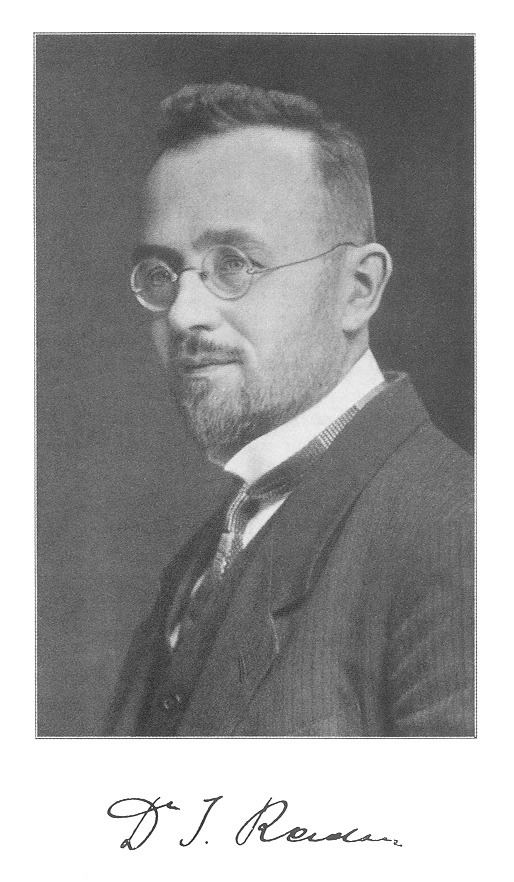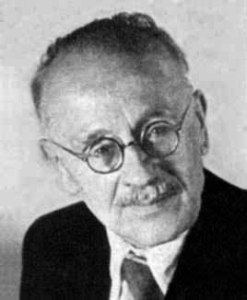Nationality Austrian Spouse Maria Rigele (m. 1916) | Name Johann Radon Role Mathematician | |
 | ||
Institutions University of Vienna, AustriaUniversity of Hamburg, GermanyUniversity of Greifswald, GermanyUniversity of Erlangen, GermanyUniversity of Breslau, Germany (now University of Wroclaw, Poland) Alma mater University of Vienna, Austria Known for Radon–Hurwitz numberRadon–Nikodym theoremRadon measureRadon's theoremRadon transform Children Brigitte Bukovics (b. 1924) Died May 25, 1956, Vienna, Austria | ||
Doctoral advisor Gustav von Escherich | ||
Radon Institute for Mathematics, Linz, Corporate Film by ZENTURIO film.creation
Johann Karl August Radon (16 December 1887 – 25 May 1956) was an Austrian mathematician. His doctoral dissertation was on the calculus of variations (in 1910, at the University of Vienna).
Contents
- Radon Institute for Mathematics Linz Corporate Film by ZENTURIO filmcreation
- Radon transform
- Life
- Achievements
- References

Radon transform
Life
Radon was born in Tetschen, Bohemia, Austria-Hungary, now Děčín, Czech Republic. He received his doctoral degree at the University of Vienna in 1910. He spent the winter semester 1910/11 at the University of Göttingen, then he was an assistant at the German Technical University in Brno, and from 1912 to 1919 at the Technical University of Vienna. In 1913/14, he passed his habilitation at the University of Vienna. Due to his near-sightedness, he was exempt from the draft during wartime.
In 1919, he was called to become Professor extraordinarius at the newly founded University of Hamburg; in 1922, he became Professor ordinarius at the University of Greifswald, and in 1925 at the University of Erlangen. Then he was Ordinarius at the University of Breslau from 1928 to 1945.
After a short stay at the University of Innsbruck he became Ordinarius at the Institute of Mathematics of the University of Vienna on 1 October 1946. In 1954/55, he was rector of the University of Vienna.
In 1939, Radon became corresponding member of the Austrian Academy of Sciences, and in 1947, he became a member. From 1952 to 1956, he was Secretary of the Class of Mathematics and Science of this Academy. From 1948 to 1950, he was president of the Austrian Mathematical Society.
Johann Radon married Maria Rigele, a secondary school teacher, in 1916. They had three sons who died young or very young. Their daughter Brigitte, born in 1924, obtained a Ph.D. in mathematics at the University of Innsbruck and married the Austrian mathematician Erich Bukovics in 1950. Brigitte lives in Vienna.
Radon, as Curt C. Christian described him in 1987 at the occasion of the unveiling of his brass bust at the University of Vienna, was a friendly, good-natured man, highly esteemed by students and colleagues alike, a noble personality. He did make the impression of a quiet scholar, but he was also sociable and willing to celebrate. He loved music, and he played music with friends at home, being an excellent violinist himself, and a good singer. His love for classical literature lasted through all his life.
In 2003, the Austrian Academy of Sciences founded an Institute for Computational and Applied Mathematics and named it after Johann Radon (see External link below).
Achievements
Radon is known for a number of lasting contributions, including:
